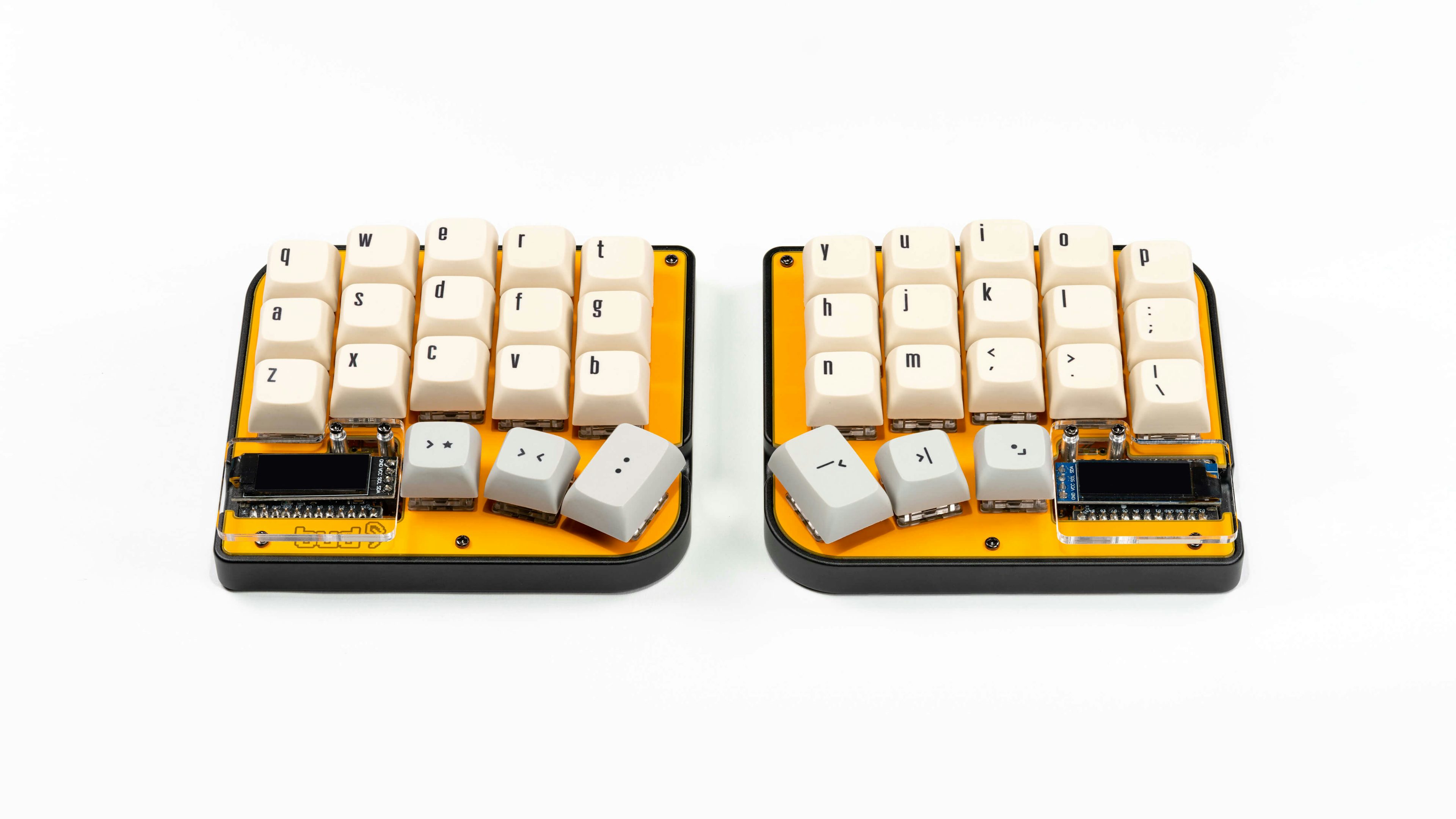Mastering the Miniature: A Guide to Using a 30% or Smaller Keyboard
In the world of mechanical keyboards, size doesn't always matter. While full-sized and tenkeyless keyboards are common, there's a growing trend of compact and minimalist keyboards, including the popular 30% or smaller keyboards. These petite powerhouses offer a unique typing experience and portability like no other.A 30% keyboard is a keyboard that has only 30% of the keys of a standard full-size keyboard. It usually has around 30 to 40 keys, depending on the layout and design. A 30% keyboard is very compact and portable, but it also requires some learning and adaptation to use effectively. In this guide, we'll explore the art of using a 30% or smaller keyboard and provide you with tips to master its functionality
Embrace the Minimalism:
One of the first steps to utilizing a 30% or smaller keyboard is to embrace the minimalistic layout. These keyboards typically feature fewer keys, which may initially feel limiting. However, with some adjustment and creativity, you'll discover the beauty of a streamlined typing experience. Focus on the essential keys and learn to leverage the layers and programmability to access additional functions and shortcuts. You will need to learn the layout of your keyboard and memorize where each key is located. You can use a keymap or a cheat sheet to help you with this.
Master the Layers:
Layers are the secret sauce of smaller keyboards. By using layers, you can assign multiple functions to a single key. Spend time familiarizing yourself with the layering system of your keyboard. This may involve utilizing key combinations, dedicated layer-switching keys, or programming custom layers. Practice and muscle memory will play a crucial role in quickly accessing the desired functions on different layers.
Utilize Macros:
With limited space, every keystroke counts. That's where macros come in handy. Explore the macro programming capabilities of your keyboard. Create time-saving shortcuts for repetitive tasks, text expansions, or complex commands. Macros can significantly boost your productivity, especially in tasks like coding, content creation, or gaming yes gaming on a 30%.
Customize to Suit Your Needs:
The beauty of smaller keyboards lies in their customization options. Dive into the keyboard's firmware or software and tailor it to your specific needs. Reassign keys, adjust key layouts, fine-tune the actuation force, or change the lighting effects to match your style. Experimentation is key here, so don't be afraid to explore and find the setup that feels most comfortable and efficient for you.
Use tap-dance:
Tap-dance is a feature that allows you to assign different actions to the same key based on how many times you tap it. For example, you can use tap-dance to activate KC.ESC on one tap, KC.LCTL on two taps and KC.LALT on three taps. This can help you save space and add functionality to your keys. You will need to learn how to use tap-dance and customize it to your preference and needs. You can use a firmware like QMK or KMK to program your tap-dance keys and assign them to different actions.
Utilize Combos:
Combos are a powerful technique that allows you to create new key functions by pressing multiple keys simultaneously. Instead of relying solely on individual keys, you can create custom key combinations that trigger specific actions or commands. Spend time experimenting with combos and map them to frequently used functions or complex shortcuts to boost your productivity. This technique alone can be used to get down to 8 keys.
Explore Home Row Mods:
Home row mods are modifications to the traditional home row keys (ASDF and JKL;) to provide additional layers or functions. By assigning modifiers like Shift, Ctrl, Alt, or even dedicated layer-switching keys to the home row, you can access various functions without moving your fingers away from the resting position. This technique can significantly enhance typing speed and reduce finger movement.
Practice and Patience:
Switching to a smaller keyboard may require an adjustment period. Muscle memory developed on larger keyboards might not translate directly. Give yourself time to practice and adapt to the new layout. Initially, you may experience a slight decrease in typing speed, but with consistent usage and practice, you'll regain your proficiency and even surpass it. A 30% keyboard may feel very different and challenging at first, especially if you are used to a larger keyboard. You may experience some typing errors, speed loss or discomfort at the beginning. However, with enough practice and adaptation, you can get used to a 30% keyboard and enjoy its benefits. You can practice your typing skills using online tools like TypingTest or Monkeytype. You can also adapt your typing posture and style to suit your keyboard.
Conclusion:
Mastering the art of using a 30% or smaller keyboard is a journey worth taking. While it may require some initial effort and adaptation, the benefits of increased portability, streamlined design, and the satisfaction of mastering a unique typing experience make it worthwhile. Embrace the minimalism, explore the customization options, and optimize your workflow to make the most of your compact keyboard. With time and practice, you'll become a proficient and efficient user of these powerful petite keyboards.
So, go ahead, give a 30% or smaller keyboard a try, and unlock a new level of typing excellence in a compact package!
